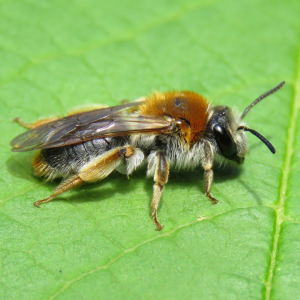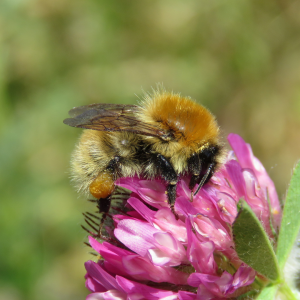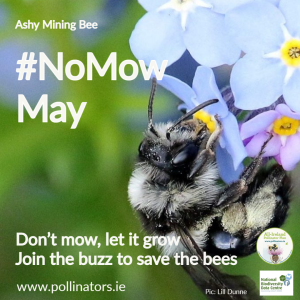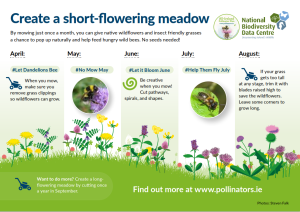Pollinators in May
Which pollinators are active this month? What plants are they visiting? And what can you do to help them? Here’s everything you need to know about pollinators in May.
Which pollinators can I spot in May?
In May, native plants are blooming – hedgerows are full of blossoming Hawthorn, and at ground level, wildflowers like Bush vetch, Red clover, and Cuckooflower pop up in the grass. This is an important time of year for pollinators, as many prepare to make their nests. You can help by taking part in No Mow May to help wildflowers grow, and celebrating our precious native hedgerows in the Festival of Farmland Biodiversity.
If you spot any of these species, submit your sightings to the National Biodiversity Data Centre. You can attach a photo if you’re not sure if your identification is correct.
Which native plants are growing in May?
Native plants provide the best source of food for our pollinators as they have evolved together. Keep an eye out for some of these species in May.
 |
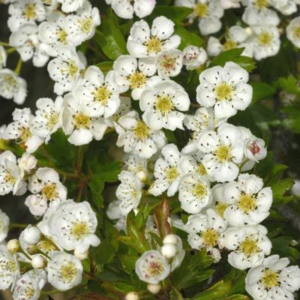 |
 |
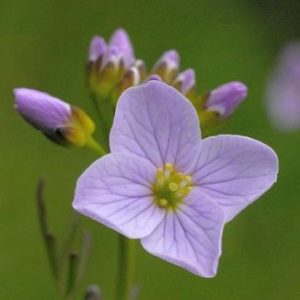 |
|
Bush vetch (Zoë Devlin) (Vicia sepium) |
Hawthorn (Zoë Devlin) (Crataegus monogyna) |
Red clover (Trifolium pratense) |
Cuckooflower (Zoë Devlin) (Cardamine pratensis) |
Submit your sightings to the National Biodiversity Data Centre. You can attach a photo if you’re not sure if you have the correct identification.
A warning about wildflower seed mixes: Wildflower seed mixes can do more harm than good to biodiversity. They often result in colourful displays that are attractive to humans but are of little value to pollinators. Many contain non-native species and can inadvertently introduce invasive species. Please avoid using them where possible. The best way to encourage native wildflowers is by reducing mowing.
How can I help pollinators in May?
1. Take part in No Mow May
Join the buzz to save the bees and take part in No Mow May. By mowing less, we can give them a chance to appear naturally – no seeds needed! Taking part in No Mow May couldn’t be easier – just lock away the lawnmower for the month of May and wait and see what grows. You might see plants like Dandelions, Red and White Clover, and Birds-foot trefoil, all of which are excellent sources of food for pollinating insects, as well as bees, butterflies, and birds, all attracted by the feast on your lawn!
2. Learn about hedgerows
Hedgerows are an integral part of Ireland’s landscape. They hold immense value for both humans and biodiversity, providing food (such as blossom and berries), creating crucial wildlife corridors, storing carbon, and helping mitigate fertilizer run-off. Mature Whitethorn/Hawthorn is blossoming now, providing a good source of nectar and pollen.
Find out more about hedgerows in the Festival of Farmland Biodiversity
3. Learn about meadows
Native meadows are one of Ireland’s most important habitats. They support a huge number of species above ground and in the soil. In the last few decades these fragile habitats have been disappearing fast.
One third of Ireland’s wild bees are in decline because of a loss of habitats like meadows which contain the native wildflowers they need to survive. Protecting, managing, and restoring meadows are among the best ways you can help these important insects.
Find out more about meadows and how to create and manage them
- Celebrating Irish meadows
- Guide: Creating and restoring meadows in local communities and gardens
- Visit a meadow on the Great Irish Grassland Trail
4. Find out what to do after No Mow May
Mowing less from April until September is one of the best ways you can help pollinators. If you remove the grass clippings when you do mow, this slowly reduces the fertility of the soil, allowing native wildflowers to grow naturally.
There are a couple of pollinator-friendly mowing regimes you could adopt. Even managing a section or strip of your lawn in this way can make a difference, or a mixture of different regimes:
Short-flowering meadow: Take part in Let it Bloom June, and Help them Fly July. Cut once a month rather than every couple of weeks. Dandelions will flower in April, and Clovers in May and June. Other plants like Bird’s-foot-trefoil and Self-heal will naturally pop up later in the summer if given a chance. Find out more here:
Long-flowering meadow: In some areas, considering cutting just once a year in September after the seeds have dropped. You must remove the grass cut. This allows wildflowers to bloom throughout the summer such as Ox-eye daisy, Field scabious and Knapweed. It can take a couple of years for long-flowering meadows to fully establish, but after a few years of managing your meadow in this way you will be rewarded with a true, native, flower-rich meadow.
Leave some areas entirely undisturbed: Leaving some areas of undisturbed long grass provides safe nesting sites for insects over winter.
Find out more


